『水墨画の美を鑑賞』有形文化財「百段階段」にて/ "Appreciating the Beauty of Wash Drawing" at the 100 Steps" of Tangible Cultural Property




動画🧸https://youtu.be/Ki3YjBTMqvQ
現在~11月21日まで、水墨画の展示会「線は、僕を描くat百段階段~色彩空間で観る水墨画の世界~」が東京都目黒区のホテル雅叙園が保有する「百段階段」で、映画『線は、僕を描く』とのコラボレーションで開催されています。 先日、お友達にこちらのめずらしい企画展に招待頂いてご一緒しました。この映画は、10月21日より、青春芸術小説「線は、僕を描く」(砥上裕將著/講談社文庫)がオリジナルで、小泉徳宏監督と制作チームにより実写映画化されています。
私も東京都文化財となっている「百段階段」のことは、初めて知り訪れました。また水墨画の展覧会を訪れるのも、随分前に、東京国立博物館開催の雪舟展を訪れたのが最後の記憶です。この歴史ある芸術品とも言える、長い階段の各階に、昔ながらの和室が設けられ、内装や建材も当時のまま、壁画、天井画や柱の彫刻も色鮮やかで、豪華絢爛な和風美の建物の中、狩野芳崖、橋本雅邦、下山観山の著名作品や、本作原作者・水墨画家、砥上裕將(とがみ ひろまさ)氏の作品と、映画水墨画監修を担当の小林東雲氏作の作品、また、書道道具・調度品が粛然と展示されていました。
映画の主人公が「水墨画は筆先から生み出す線のみで描かれる芸術、描くのは命である」と、水墨画に没頭します。この白と黒の墨の色だけで表現する、水墨画の美しい佇まいを、こちらの歴史ある建築物が、作品をより臨場感がある芸術品として演出し、水墨画と建物が双方を引き立て合っている素晴らしい空間でした。
また同時に、ホテル雅叙園の建物や歴史が気になりましたので記しておきます。現ホテル前身の目黒雅叙園のルーツは、創業者・細川力蔵が、東京 芝浦にあった自宅を改築した純日本式料亭「芝浦雅叙園」し、当時は日本料理に加えて、北京料理を主とした高級料亭だったそうです。1931年より幅広い層へと庶民や家族連れにも馴染める料亭として、今の地に、目黒雅叙園が誕生したそうです。なるほど前身は、料亭だったのですね。展示室やホテルや装飾そのものも、壁画や天井画、彫刻など日本風にも見えますが、中国の趣が濃く感じられました。また、動画にも撮影してみましたので、トップに貼り付けています。


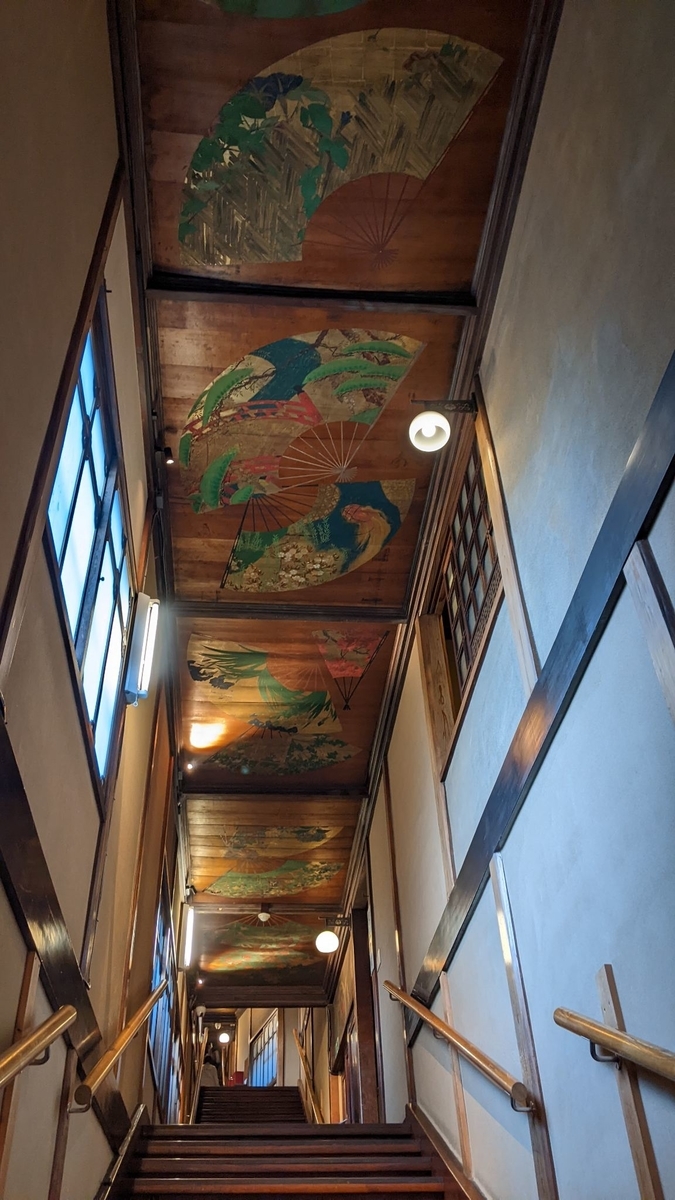
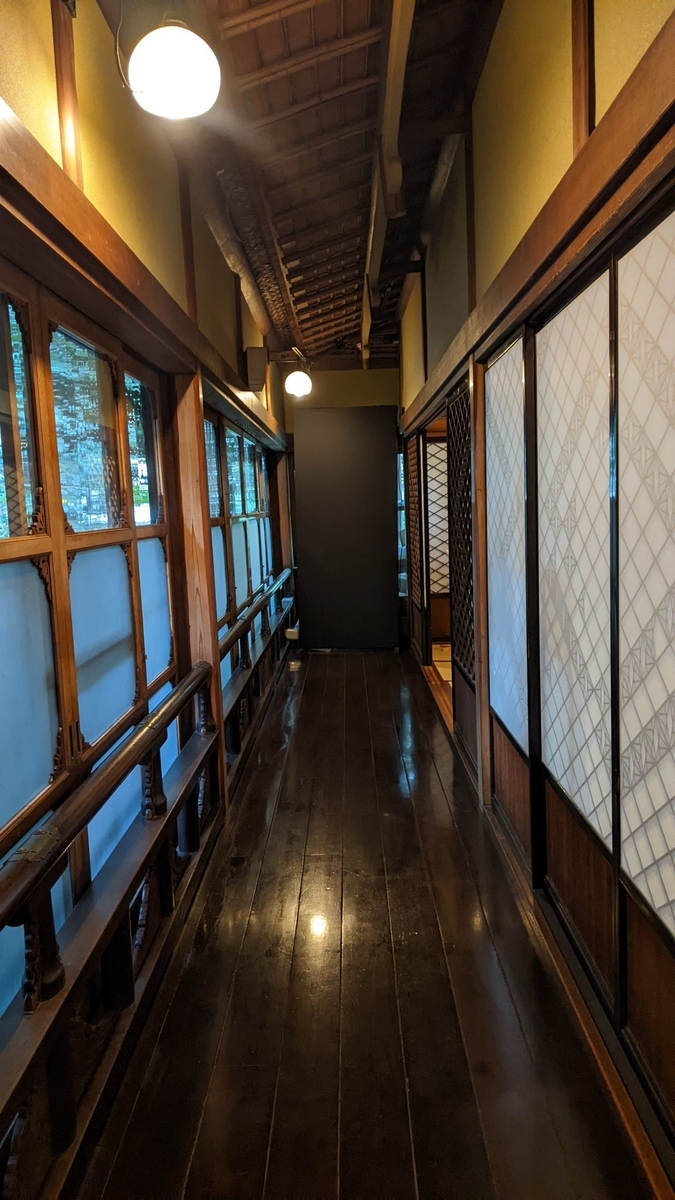
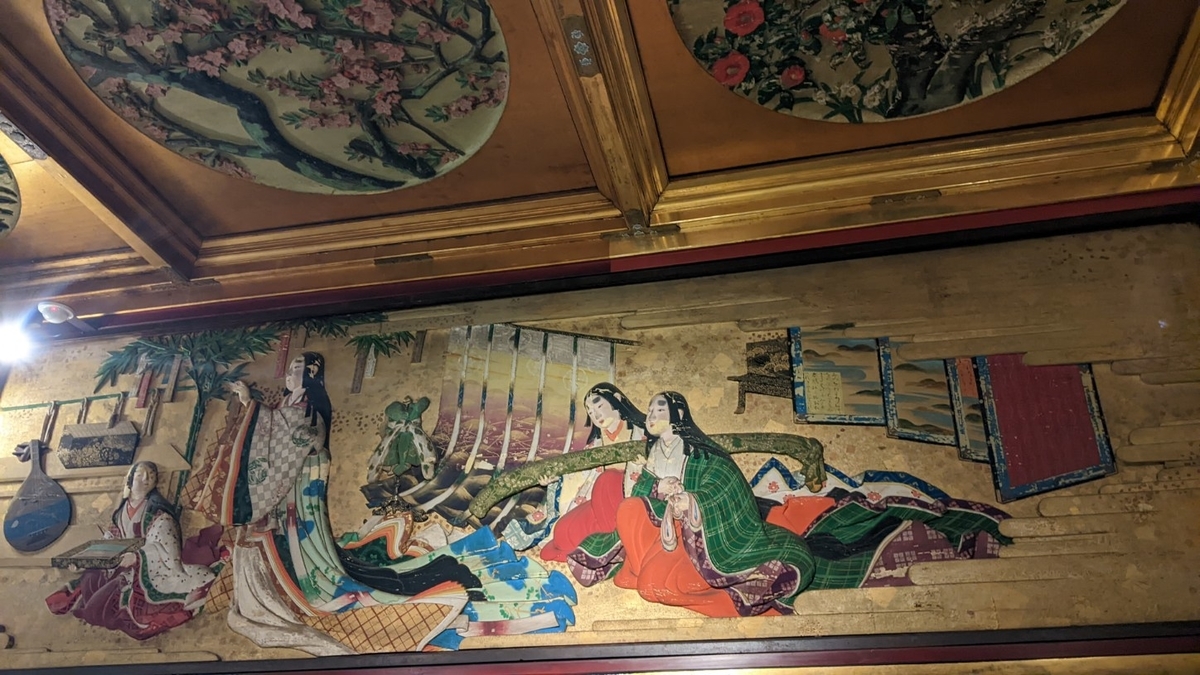
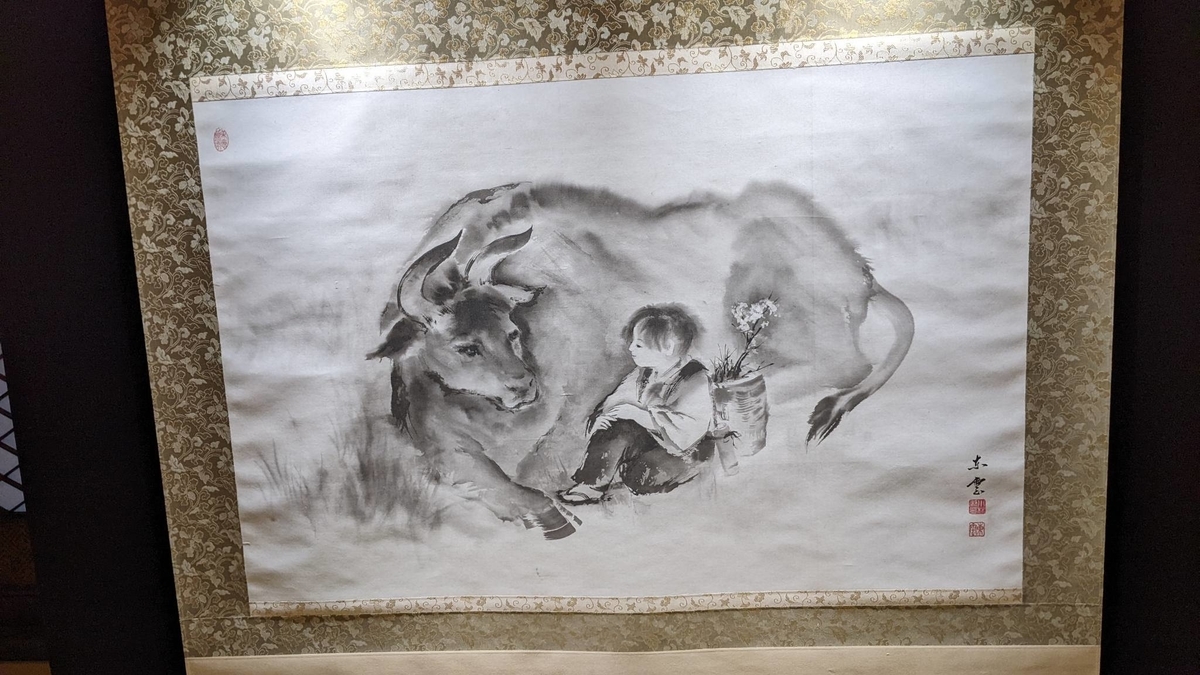
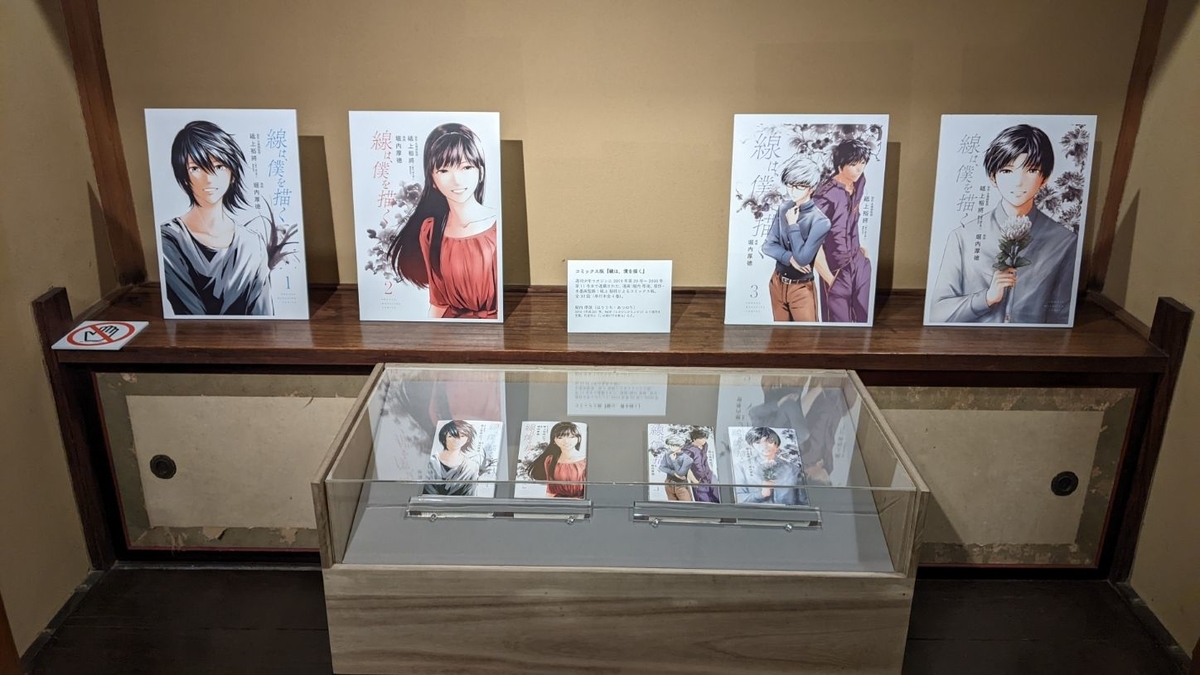
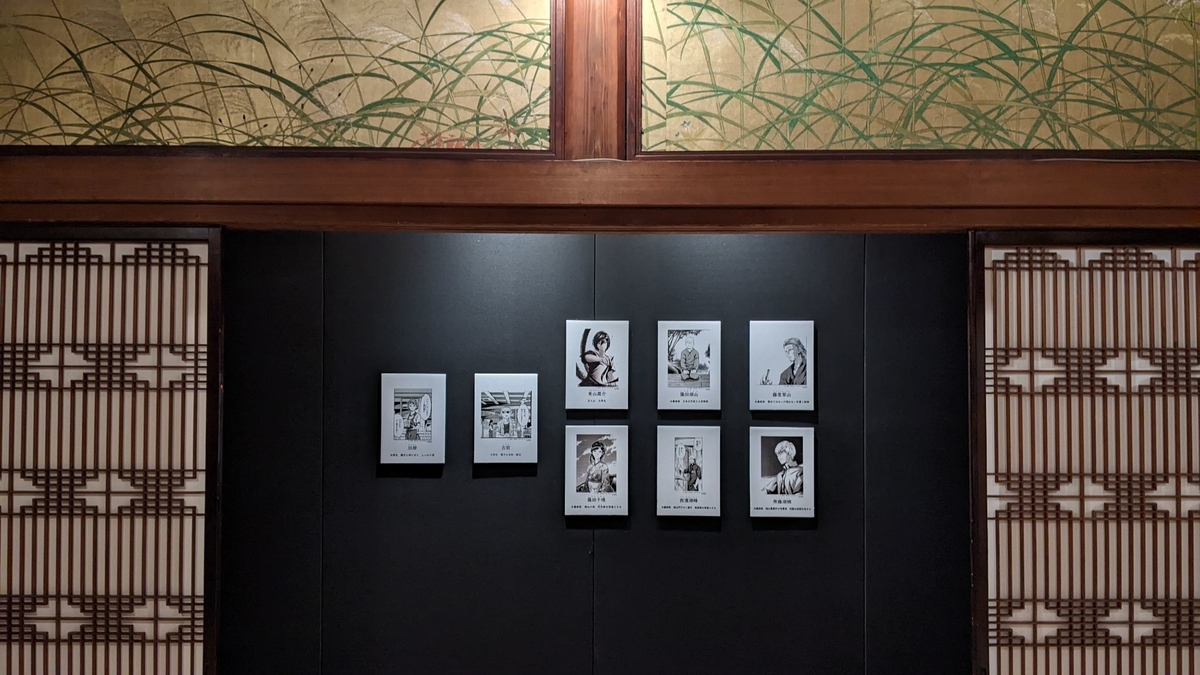


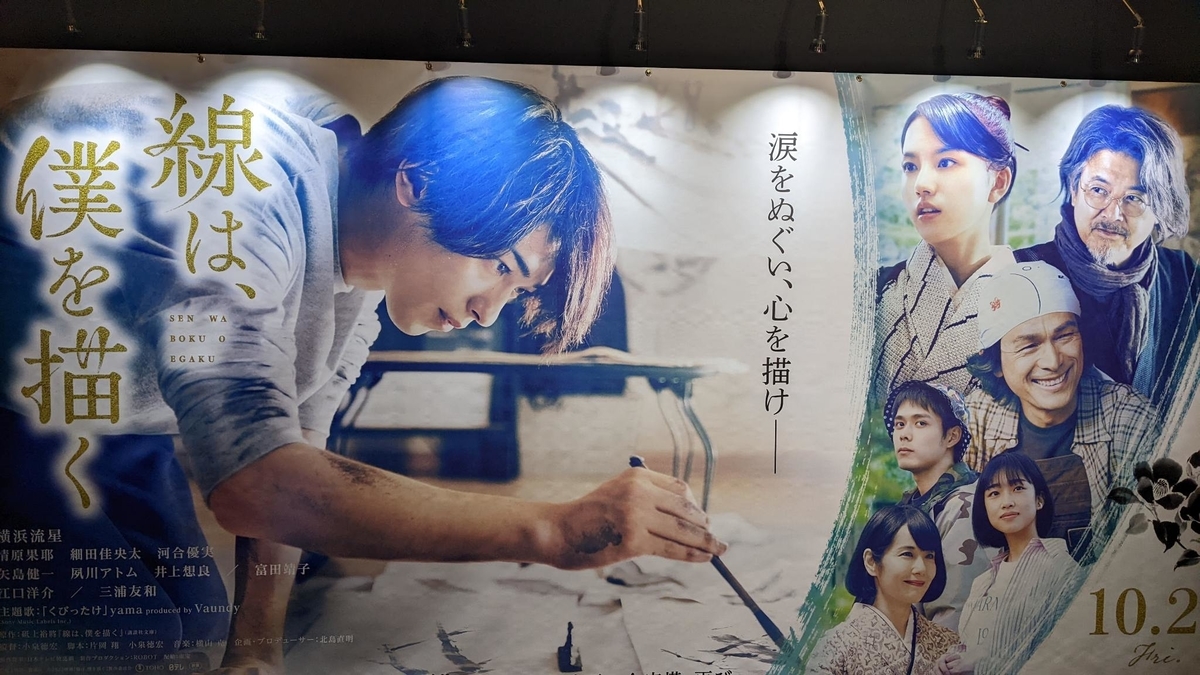
-------------------------------------------------------------------------------
"Appreciating the Beauty of Wash Drawing" at Hyakudankaidan, 100 Steps" of Tangible Cultural Property.
From now until November 21 2022, the Wash Drawing exhibition "Line draws me at 100 steps-The world of Wash Drawing seen in color" has been held at the "100 stairs" owned by Hotel Gajoen in Meguro, Tokyo. It has been holding in collaboration with the film "Line Draws Me=Sen wa Boku o Egaku". I was invited by the friend to this special exhibition. This film which is based on the youth art novel "Line Draws Me" (written by Hiromasa Togami/by Kodansha Bunko) will be made into a live-action film by director Norihiro Koizumi and the production team from 21st of October 2022.
Also, I visited for the first time where the exhibition is held at “the 100 staircase”, which is a cultural property of Tokyo. Besides, the last memory I have of visiting Wash Drawing exhibition is that I visited the Sesshu exhibition held at the Tokyo National Museum a long time ago. On each floor of this long staircase, which can be said to be a piece of historical art, there are traditional Japanese-style rooms on each floor. The interior and building materials are the same as the past and the murals, ceiling paintings and carvings on the pillars are colorful and gorgeous. In the exhibition rooms, there are shown of famous Wash Drawings of Hogai Kano, Gaho Hashimoto, Kanzan Shimoyama. In addition, we are able to see the Wash Drawings of Hiromasa Togami as the original author of this film work and the works by Mr. Shinonome Kobayashi, who is in charge of supervising the Wash Drawing of the film. There are also exhibited calligraphy tools and furnishings on the displays. The main character of the film is engaged deeply in Wash Drawing, emphasizing ," Wash Drawing is an art that is drawn only by lines created from the tip of the brush.” and added “Drawing is life." The beauty of Wash Drawing, which is expressed only by the colors of black and white is produced by this historic building as a work of art with a more realistic impression in a magnificent space with both good balance between the Wash Drawing and the historic building.
Lastly, I write about the building and history of Hotel Gajoen. The roots of Meguro Gajoen, the predecessor of the current hotel is the founder, Rikizo Hosokawa's house in Shibaura of Tokyo. It was a restaurant since 1931, Meguro Gajoen was born in the current location as a restaurant that is familiar to a wide range of people and families as purpose of establishment. I find out that the exhibition room and the hotel itself look like Japanese style, such as murals, ceiling paintings and sculptures, but I felt a Chinese flavor too.